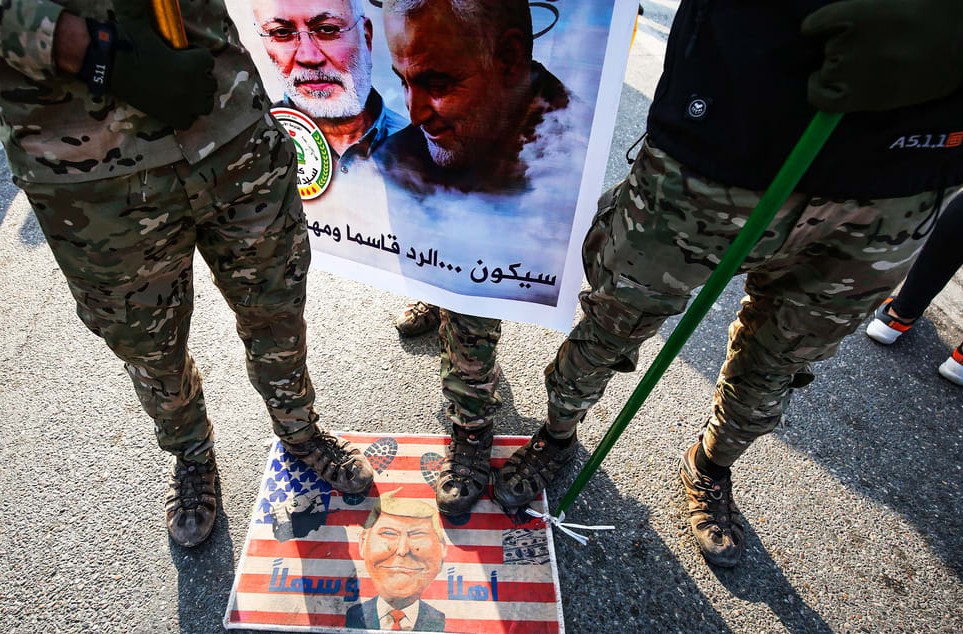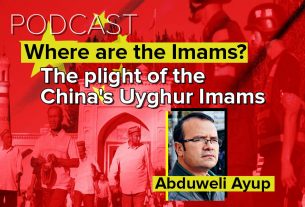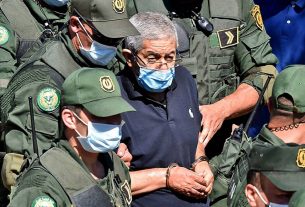Mon 06 January 2020:
While the relationship may have ended bloodily in Baghdad on January 3, there were moments when Soleimani and Washington saw eye-to-eye on several issues.
By killing Quds Force commander Qasem Soleimani, the US struck Iran’s ambitions in the Middle East a devastating blow and raised the odds of an all-out conflict.
There is no escaping the fact Soleimani, like others in the Iranian Revolutionary system, saw the US as a bitter enemy responsible for many of the ills they saw in the Middle East.
To that end, the two sides have found themselves on opposite ends of conflicts across the Middle East but there have been occasions when they have had to cooperate or at the very least, not get in each other’s way.
There were therefore, occasions, such as the War in Afghanistan and the War against Daesh, when Soleimani and the US fought on the same side.
Ties with militias
In Lebanon, the Iranian Revolutionary Guard Corp (IRGC) trained Hezbollah movement serves as the nemesis to Washington’s strongest ally, Israel. As Iran’s main man in the Middle East, Soleimani served as the group’s ultimate source of command, as he did for Iranian allied forces fighting in Syria and Iraq.
All of these groups are open about their animosity against the US and with all there is little to no pretence of independence from Iran.
Soleimani was very likely to have known or given the order for the most recent escalation between Iran and the US in Iraq.
A suspected rocket attack by an Iranian militia on a US base near Kirkuk, killed one civilian contractor. Washington responded with air strikes on Iranian-backed militia Kataeb Hezbollah, which led to the death of 25 fighters.
Iran and Soleimani’s next move would seal the latter’s fate.
The siege and partial arson of the US embassy in Baghdad forced Trump’s hand on Friday, resulting in Soleimani’s death.
Cooperation against Taliban
The paradigm shift on September 11th brought Iran and the US together, at least briefly, against a common enemy.
As the US prepared to invade Afghanistan, at least one senior US State Department official flew out to Geneva in Switzerland to meet with Iranians acting on behalf of Soleimani.
According to the New Yorker, the Iranians were eager to cooperate with the Americans in order to bring the Taliban down.
Soleimani is said to have passed on messages to the Americans to that effect, to their surprise.
“You don’t live through eight years of brutal war without being pretty pragmatic,” Soleimani is believed to have said.
The cooperation, which resulted in military gains and the detention of Al Qaeda suspects, lasted throughout the first phase of the war in Afghanistan.
An Iranian negotiator is reported to have said ““Haji Qassem (Soleimani) is very pleased with our cooperation.”
That changed when in 2002 then-US President George W Bush listed Iran, alongside Iraq and North Korea, in its axis of evil.
Soleimani is said to have been caught off guard by the designation and ended all cooperation with Washington.
The war against Daesh
Misfortune would bring Soleimani and the Americans on the same side again in the aftermath of Daesh’s explosive rise in 2014, which saw huge parts of Iraq and Syria fall to the terrorist group.
To regain Iraqi cities, such as Mosul, from the terrorists, the US and Iran needed to at least avoid having their animosity get in the way.
Both played a crucial role in the eventual defeat of Daesh, with the US overwhelming the group with its airpower, and Iranian trained (and Soleimani-commanded) Popular Mobilisation Forces (PMF) moving in on the ground.
But this common enemy did not result in an increase in goodwill, as recent events make clear. Once Daesh was defeated, the PMF took on a hostile posture against the US, a stance, which combined with the White House’s own aggressive posture on Iran, helped pave the way for the current crisis.
Source: TRT World
Think your friends would be interested? Share this story!





